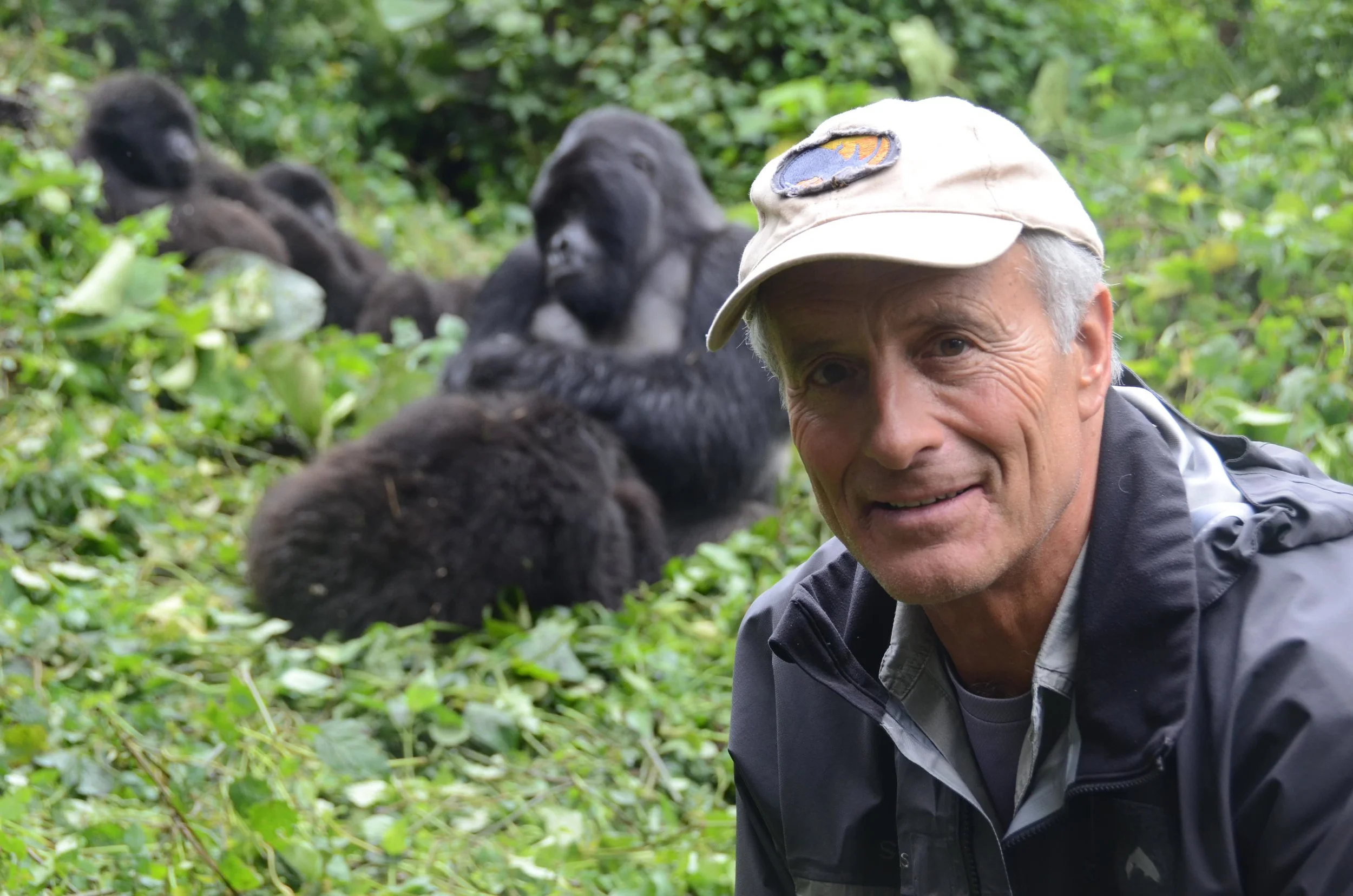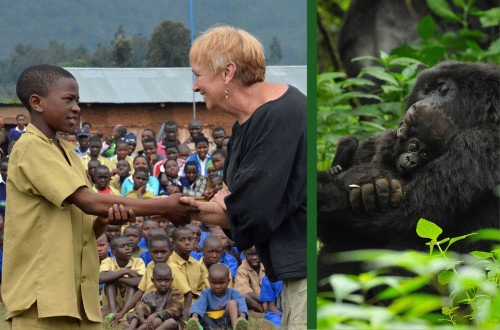Animals have an instinct for survival, but they can’t do it without our help.
Over the last 40 years, Jack Hanna had the opportunity to travel the world and learn about the Earth’s awe-inspiring creatures. Jack also saw firsthand that the “wild” is shrinking – virtually all animals are experiencing some sort of challenge. But there is good news! Whenever you see an animal, there is almost always a hardworking person nearby looking out for its best interest. These animal advocates need financial support to continue their essential work.
The Columbus Zoo takes conservation very seriously. In 2021, the Zoo supported 77 conservation projects in more than 24 countries and seven emergency wildlife projects.
As Jack traveled to film and visit conservationists around the world, he regularly learned about organizations in dire need of resources and funding. We invite you to be a hero to support these people and the animals they’ve dedicated their lives to…and make a difference today!
Partners in Conservation
Featured Project: Partners in Conservation
In 1991, Charlene Jendry, then a gorilla zookeeper at the Columbus Zoo, met with zoo volunteers to discuss starting a grassroots initiative that would benefit the mountain gorillas. She shared her vision with Jack, and Partners In Conservation (PIC) was born soon after. The PIC and Columbus Zoo teams have learned that knowing and loving the local people is the key to conservation success. With education and employment opportunities, people and animals can co-exist peacefully. Projects PIC supports include Nyungwe Forest Conservation, Ubumwe Community Center, Artisan Project, Gorilla Doctors, and Dian Fossey Gorilla Fund.
You can help make a difference by supporting the projects closest to our hearts today
Conservation Program Archives
Cheetah Conservation Fund
Dr. Laurie Marker founded the Cheetah Conservation Fund (CCF) in 1990 after witnessing the dwindling populations of cheetahs in the wild. Marker has helped launch a highly successful captive breeding program in the United States and has conducted significant research that revealed the lack of genetic diversity in cheetahs. CCF pioneered the Livestock Guarding Dog Program – a program that Jack and the Columbus Zoo were proud to support!
SECORE in Curaçao
In September 2013, Jack and Suzi, along with the Into the Wild film crew and Columbus Zoo experts, ventured to Curacao to get a closer look at one of the conservation programs they support – SECORE. Coral reefs, the most diverse ecosystems on Earth, are suffering in many parts of the world. One way scientists are helping preserve them is to raise corals in laboratories and reestablish them into reefs that need restoration. The Columbus Zoo does that in collaboration with SECORE and the Curacao Sea Aquarium!
The Sea Aquarium assists researchers and often uses the “Curasub.” The submarine allows researchers to go down 1,000 feet below the surface of the ocean and can be outfitted with different tools and research instruments, employing the newest advancements in robotics, electronics, imaging, and collecting equipment. When not aiding research, the Curasub is available for ecotourism adventures!
Rolling Dog Farm
The Rolling Dog Farm in New Hampshire is home to dozens of disabled and blind dogs, cats and horses. These are the animals who are the least likely to be adopted and among the most likely to be euthanized in traditional shelters. Rolling Dog was founded by Steve Smith and Alayne Marker in 2000, and with the help of volunteers, they work from sun up to sun down to ensure that the animals on the farm live life to the fullest.






